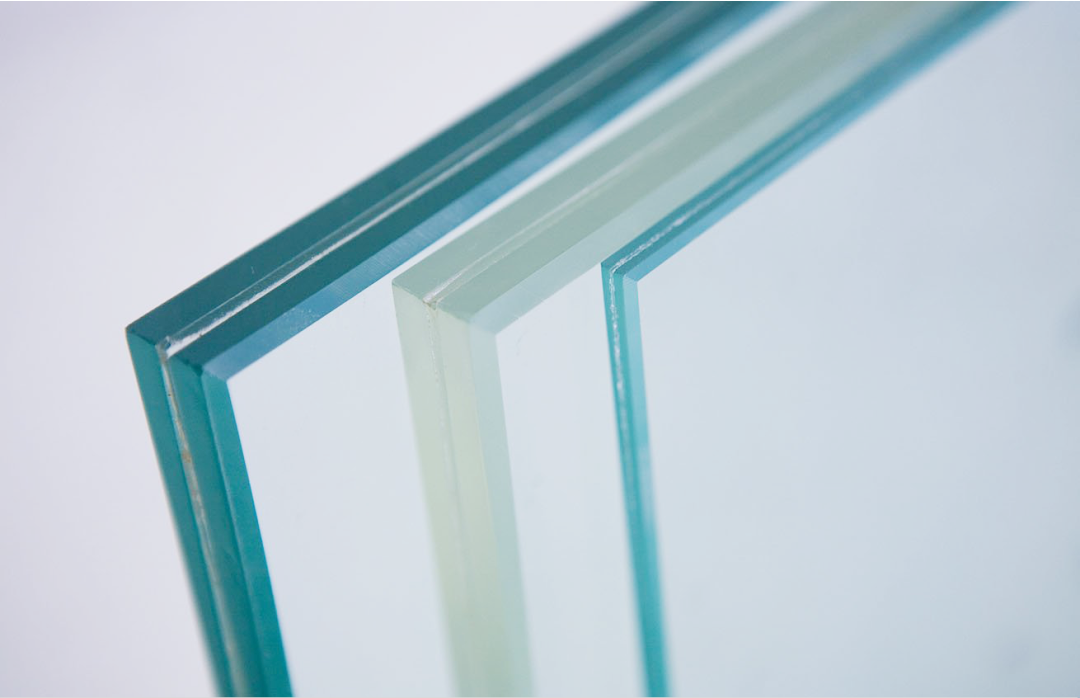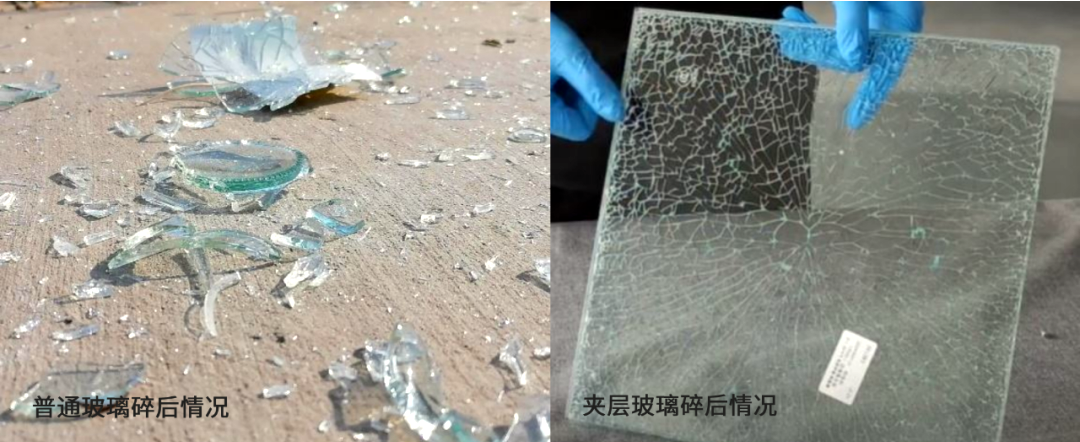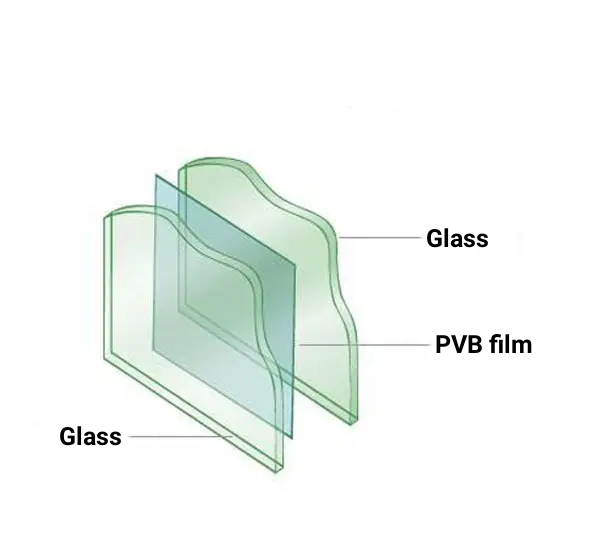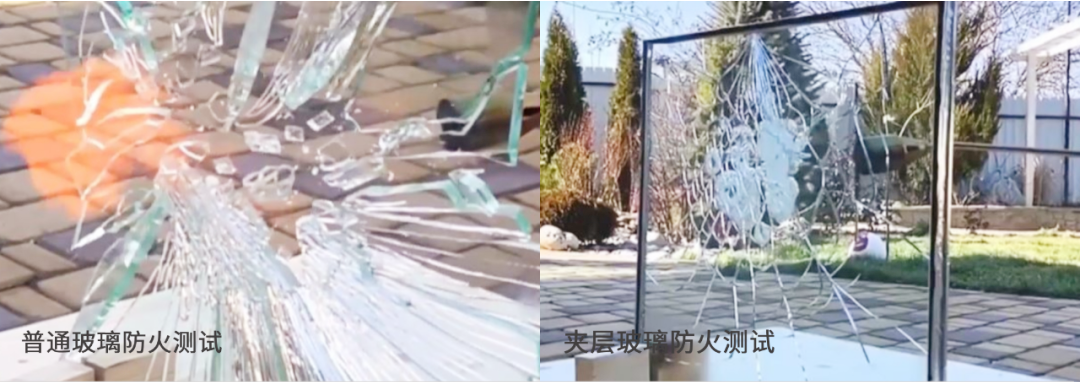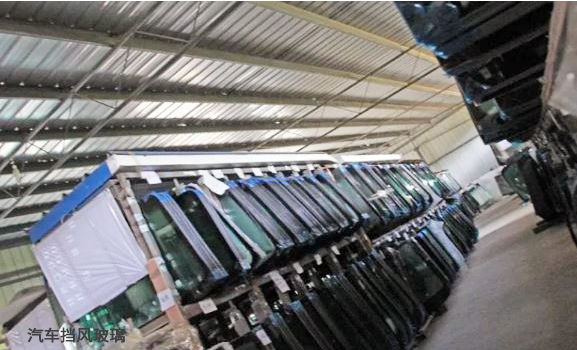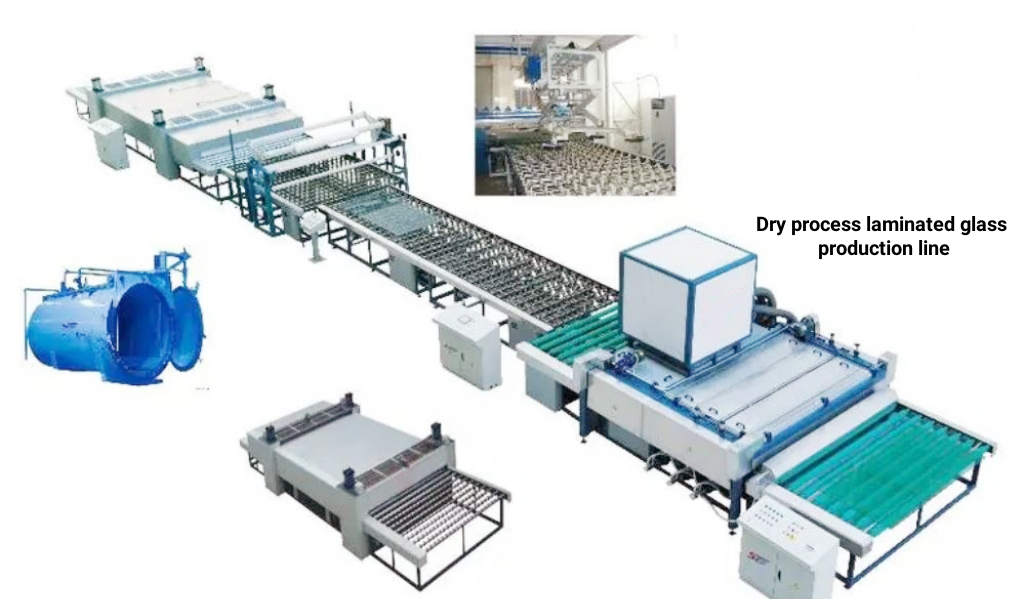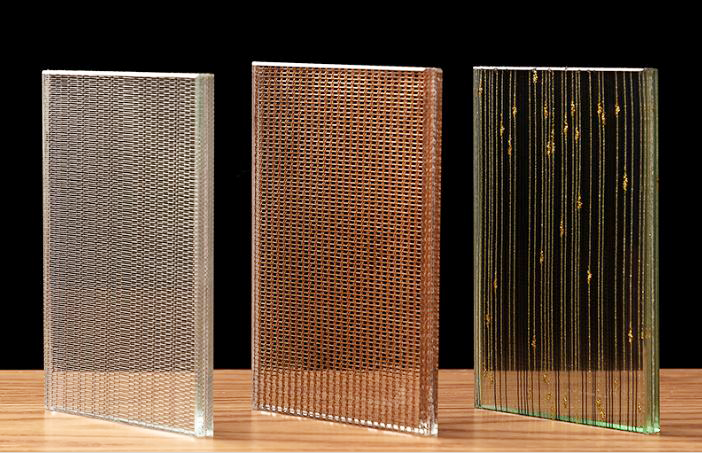Laminated glass series--The birth, development, and application.
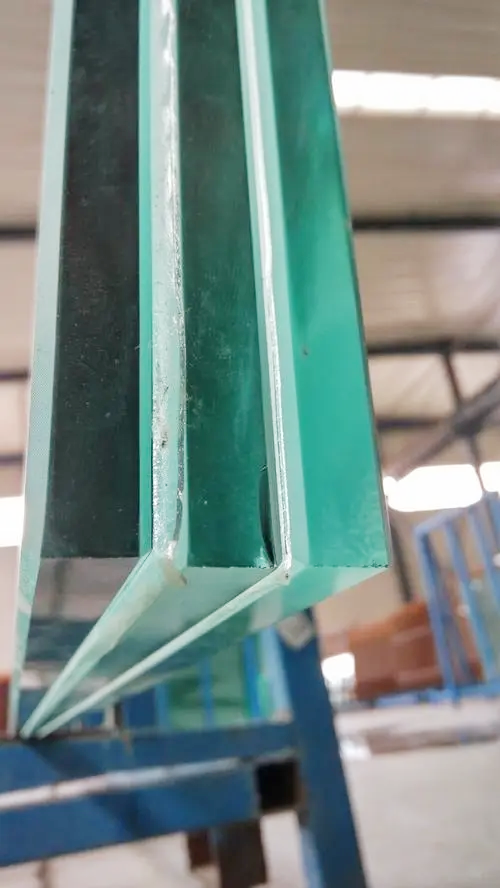
LIJIANG Glass will introduce the birth, development, and application of laminated glass through this article. Before looking back at the history of laminated glass, let’s first understand what laminated glass is. As the name suggests, laminated glass is a composite glass product in which one or more layers of organic polymer interlayer films are sandwiched between two or more pieces of glass. After special processing, the glass and the interlayer film are permanently bonded together.
Figure 1 The laminated glass
Special technology and materials make laminated glass different from ordinary glass and has more advantages:
- The greater security
When laminated glass is broken by external force, the glass fragments will be stuck by the internal film or intermediate layer, avoiding the risk of human injury caused by splashing around.
Figure 2 The laminated glass wouldn't be broken
- The stronger impact resistance
Due to factors such as the number of glass layers and intermediate materials, laminated glass is 3 to 5 times stronger than ordinary glass and can withstand greater external force without breaking.
Figure 3 The stronger impact resistance of laminated glass
- The better durability, heat resistance, cold resistance, and other properties
Since the glass negative of laminated glass can be not only ordinary glass but also tempered glass, semi-tempered glass, coated glass, etc., this makes laminated glass has different characteristics depending on the choice of different negatives.
- More functionality
Laminated glass has multiple functions, such as bulletproof, explosion-proof, fireproof, sound insulation, heat insulation, and ultraviolet insulation, and can also play a good decorative role.
Figure 4 The explosion-proof function of laminated glass
Taken together, laminated glass is an upgrade from ordinary glass. Due to the adhesive effect of the interlayer film, laminated glass can well make up for the shortcomings of ordinary glass that is prone to splashing after being broken, and enhances the strength and toughness of the glass.
The initial opportunity for the birth of laminated glass was the discovery of a substance that could make glass crack without breaking.
The birth of the laminated glass
In 1903, French chemist Edouard Benedick accidentally dropped a glass beaker to the ground. He thought the beaker would break, but when he took a closer look, he saw that although the wall was full of cracks, the glass fragments stuck to it. Together. It was later discovered that this beaker had been filled with nitrocellulose solution. After evaporation, only a transparent film was left on the glass beaker, but it could prevent glass fragments from flying. To improve the safety performance of glass so that it could be used in glass, he started adding nitrocellulose to the production of glass, invented laminated glass, and applied for a patent in 1910.
Development of laminated glass
- 1910
The German company Trippler began large-scale production of laminated glass. However, due to technical limitations, the laminated glass at that time was prone to aging problems such as discoloration and embrittlement, and could not be applied to automotive glass.
- 1915
It was widely used in gas masks and eye shields during to war.
- 1923
The Ford Motor Company in the United States was the first to use laminated glass as windshields.
- 1927
Canadian chemists invented PVB material.
- 1930
Trippler uses PVB material as the interlayer film of laminated glass, which improves the performance and life of the laminated glass.
- 1938
After laminated glass was used in automobile windshields by DUPONT Company, it finally began to be widely used, which also opened the prelude to the laminated glass industry.
Figure 5 The laminated glass is used in automobile windshields
- The 21st century
The dry-process laminated glass production line came into use, and laminated glass entered a stage of rapid development.
Figure 6 The dry-process laminated glass production line
At present, there are various types of laminated glass. The common ones are ordinary, soundproof, bulletproof, explosion-proof, earthquake-resistant, decorative laminated glass, etc.
They are used in different fields and occasions:
Decorative laminated glass is often used for indoor and outdoor decoration of shopping malls, office buildings, and other buildings.
Figure 7 The decorative laminated glass
Bulletproof laminated glass is mostly used in banks, museums, jewelry stores, and other places where valuables are stored.
Figure 8 The bulletproof laminated glass
With the advancement of technology, laminated glass is developing in the direction of being thinner, safer, and more versatile, further expanding its application fields and market space, and has good development prospects.
The introduction of laminated glass in this issue has come to an end. The next issue of LIJIANG Glass will introduce the production process of laminated glass in detail.
For more information about insulating glass processing equipment and insulating glass processing accessories, please click here to learn more.
